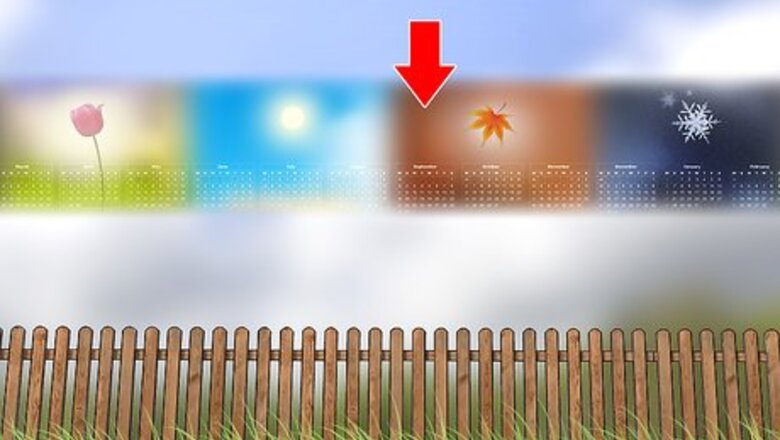
views
Spreading the Powder
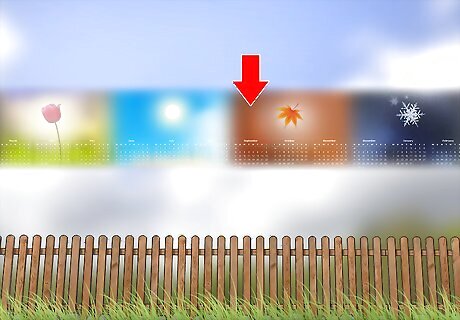
Apply Milky Spore in the early fall for the best results. This is when the grubs will be feeding the most so that they’ll be fatter for the winter, and the soil will still be warm. If you can’t apply the powder in the early fall, aim for applying it during the summer. Apply the powder anytime during the year, as long as the soil is at least 65 °F (18 °C). To check the temperature of the soil, stick a metal thermometer roughly 3 inches (7.6 cm) deep into the soil. If the soil is below 65 °F (18 °C), the grubs won’t be feeding and the powder won’t be ingested. The soil doesn't need to be damp or wet for you to apply the Milky Spore.
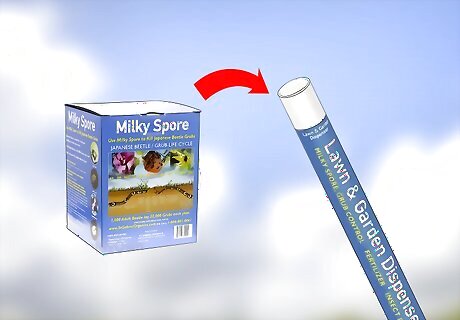
Pour the Milky Spore powder into a lawn and garden dispenser. These work best for distributing the powder — if you use a regular spreader, it’s likely that the powder will blow away once it’s been dispensed. Pour the powder into the lawn and garden dispenser, which looks like a long tube. A 10 oz (280 g) container treats 2,500 square feet (760 sq m), while a 40 oz (1,100 g) box treats 10,000 square feet (3,000 sq m). This dispenser is designed so that when you tap it on the ground, it dispenses the powder.
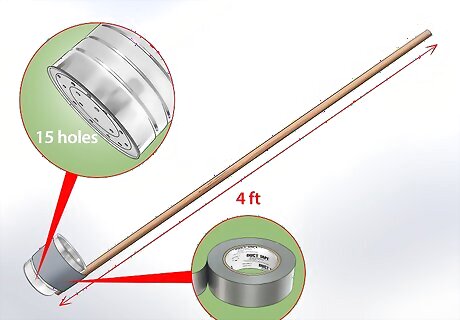
Create your own dispenser using a coffee can, if necessary. If you don’t want to purchase a dispenser just for applying the Milky Spore powder, create one using an old coffee can and a 4 ft (120 cm) long stick. Punch 15 holes in the bottom of the coffee can using a nail, and attach the coffee can to the stick using duct tape. A 1 pound (0.45 kg) coffee can works best. Fill the can just as you would the lawn and garden dispenser. The nail holes should be big enough for the Milky Spore to pass through, but they don't need to be huge—a medium-sized nail should work.
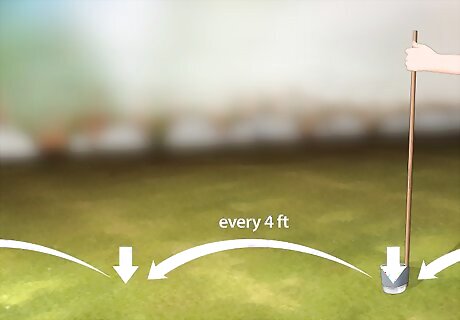
Apply the powder every 4 feet (1.2 m) in a grid formation. Walk around your yard in straight lines, tapping the ground every 4 feet (1.2 m) with your dispenser or can to release the powder. Do this in rows that are 4 feet (1.2 m) apart so that you create a grid of powder on your yard. Dispense about 1 teaspoon (4.9 ml) teaspoon of powder every 4 feet (1.2 m). Don’t worry about the areas that went untreated in the grid — the spores will spread naturally throughout the entire area.
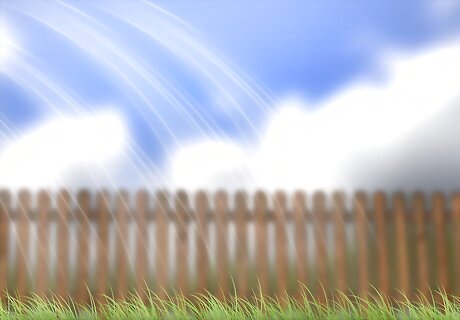
Water the ground lightly so that the powder absorbs into the soil. Try to water the soil immediately after you apply Milky Spore, but at least within 24 hours. Apply it right before it’s about to rain and let the rain help the powder soak into the soil, or lightly water the soil yourself. If you’re watering the ground yourself, use a spray hose with a softer spray setting— you don’t want to spray the ground so intensely that the powder washes away. If you're applying it before rain, make sure the rain is going to be light as opposed to a heavy storm that will wash the Milky Spore away.
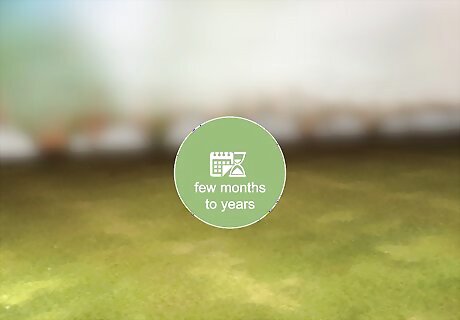
Observe the changes over the next few months to years. Milky Spore doesn’t work immediately — the grubs have to ingest the spores and then the spores will multiply, meaning it can take several months for them to die. It could take a couple of years for your entire yard to be free of grubs. Once it has been treated, the Milky Spore should work for at least 10 years without another treatment. Since it takes several years for the grubs to completely die, be patient and know that the Milky Spore is working slowly.
Checking for Signs of Grub Damage
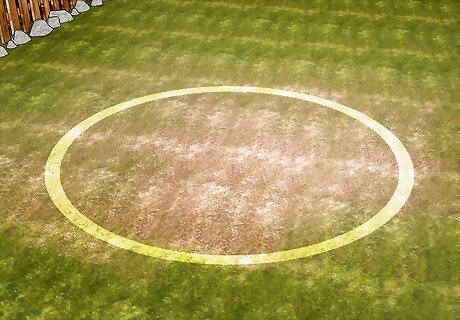
Look for sections of your lawn that are yellow or brown. If your grass starts turning yellow, and then brown, it’s likely that it’s infected with grubs. If sections of your grass are completely dead, Milky Spore will likely help. This often happens in the late summer.
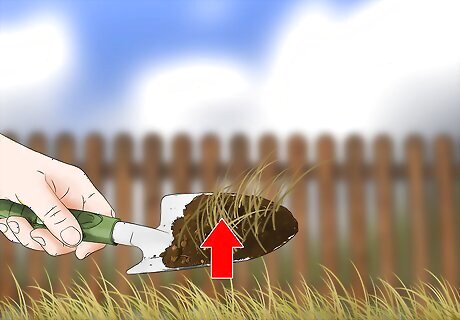
Try to pull up pieces of your grass. The grubs like to eat the grass roots, causing your lawn to turn yellow and brown. If you can easily pull up chunks of grass in areas you think are infected, this is a sign that the grubs are in the soil.
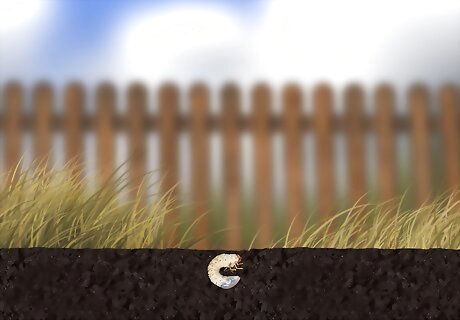
Cut up a section of the lawn to spot the grubs. Use a flat spade to cut off the top section of an infected area of grass. If you roll it back, the grubs should be visible. They’re white larvae and are often curled up in a C-shape. The grubs range in size, but average about 1 inch (2.5 cm) in length.


















Comments
0 comment